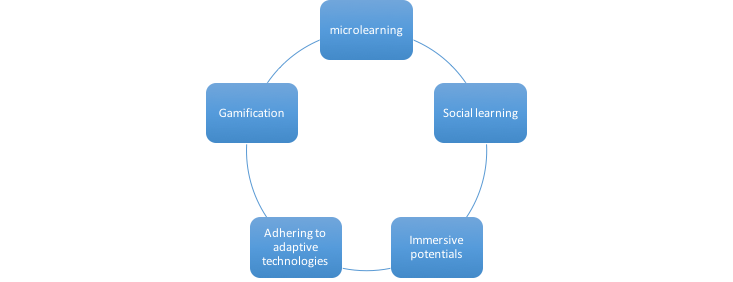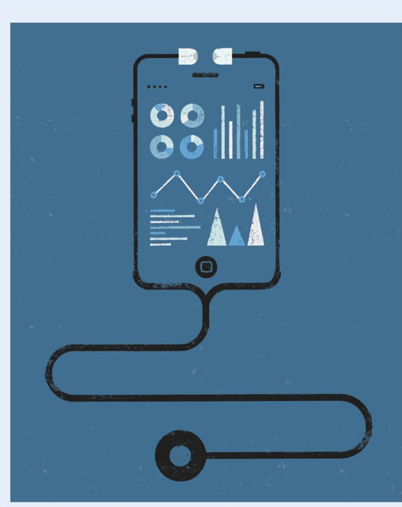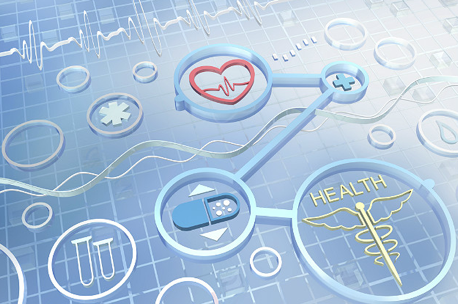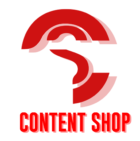The recalibration of rapidly growing healthcare industry shows how IoT is beginning its impact on innovations and solutions. Every app, solution, and product that is being innovated is patient-driven. Enhancing operational methods is an exciting prospect for the healthcare industry that seeks to put the patient first in every aspect. The ability to address new pain points and improve health is vital. For example, soon, it will be a possibility for a smart bed in ER to adjust itself. Intuitively, as the patient moves, so will the bed to adjust-with no human intervention. The possibility of home-based dispensers tracking a patient taking pills on time is welcome. It is an innovation with ideal features.
There are at least five healthcare innovations that will set new trends. They are already beyond the testing stage, waiting to be experimented and implemented.
Innovations to address 5 major sectors
Critical patients require most assistance and care. Often after care ops fail and disturb the patient’s health improvisation.
The following five areas require attention:
- Daily health checks
- Bridging communication gap
- Securing sensitive data and addressing breech of confidence
- Inventory control solutions
- Technological innovations
Healthcare professionals like doctors, RNs and specialists who are also decision makers should consider learning and adapting to innovative skills.
The five trends that will be in focus are:

They are set to benefit healthcare provides, payers and pharmacies. As the sector’s offerings modify, professionals will need to adapt them.
Microlearning
It is difficult for professionals to know about technology in depth. Hence, they will need to learn in short bursts or intervals to grasp how innovative apps work. They need to explore reference cases, make quick analysis of medication & treatment required before and after surgeries. There is many other custom software designed for digital function and mobility in the healthcare industry. It is easy to find a solution that is required for the specific need of a patient. Learning via quick video or text-based instructions is on the anvil. The smart phone and internet accesses have fuelled micro learning in a big way. It will be used constantly in this niche industry, including pharmacies.

Gamification
It is widely accepted and used for learners. The engagement technique may be fun but the goal is very serious-it is to nudge professionals to grasp the concept of the innovation easily. It is an unusual learning path but with a good success rate. This is good for the mobile enabled workforce. They are able to be connected in real time and respond to patient’s necessities. With mobility, the enterprise has crucial patient data for decision making of busy medical experts. Such learning apps are now common.

Social influences
There are various social networks within larger influencers. These networks have been in the market for long but they have not been tapped by health care providers. The time has come now to adopt them for their usefulness: For crowdsourcing, outsourcing and reaching out to others for exchange of ideas and fuelling further innovation. Emails are no longer used and mobile solutions are more popular amongst the new generation of medicos. They enjoy social learning via apps and visual aids of the smart phone screen. It is crucial for the young gen to monitor, manage and equally measure the care being taken to give the patient least amount of pain. In such a scenario, health intelligence and data analysis provide insights. Patient-focused data is under the lens of continuous innovation.
Immersive potentials
Various case studies help doctors to pay attention to minor details and be more proficient in managing more than 3 patient surgeries in a day. This is also linked to emergence of e-clinics that permit a large visual degree of providing remote support to patients and care givers.
Adaptive technologies
The time has also come for personalized learning sessions with medical experts. It pays more to have dedicated instructors with virtual experience. The Oculus Rift is helping many to get into an immersive environment. Many surgeons would like to visualize before they start the surgery. Adaptive technologies now have precise applications in medical industry. And this is be innovation at its best.

Very informative. Explained in simple English for even a layman to understand.
Very informative. Explained in simple English for even a layman to understand.